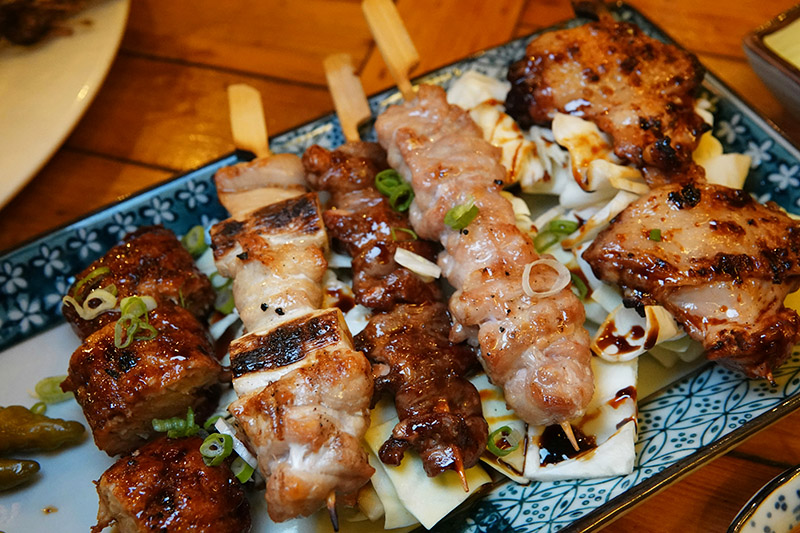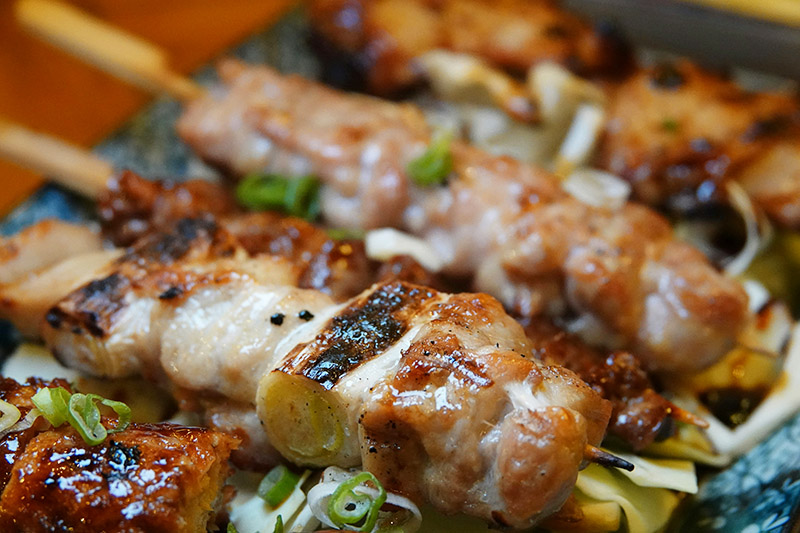 English
English English
English











Yakitori, in Japanese, is called "烧き鸟", pronounced as Yakitori, which refers to Japanese grilled skewers made from chicken and chicken offal. Here is a detailed introduction to it:
Historical origin
Origin: Yakitori first appeared in the cookbook of the Edo period. At that time, the yakitori included quail, pheasant, skylark, sparrow, heron, etc., all of which were veritable birds and were considered to be the prototype of modern yakitori.
Development: In the Meiji period, yakitori stalls began to appear, and the number of stores specializing in chicken scraps, chicken offal, and pork and beef skewers continued to increase. In the early Showa era, high-end yakitori restaurants were born because chicken was still an expensive ingredient. In the 1950s, Japan introduced edible broilers from the United States, and yakitori became a popular civilian delicacy.
Ingredient selection
Chicken varieties: In Japan, the main chicken varieties used for yakitori are "local chicken" and "named chicken". Local chickens must meet JAS certification standards, including the proportion of Japanese ancestry, free-range time, and stocking density of chickens, and have a low market share. Mingbing Chicken has been optimized in terms of environment and feed, with better taste and flavor, and a market share of about 45%.

Part selection: Yakitori will carefully make various skewers according to different parts of the chicken. In addition to the common chicken breasts, chicken wings, and chicken legs, it also includes chicken combs, knee cartilage, chicken livers, chicken skin, etc., with more than 20 types. In addition, mixed skewers of chicken and vegetables are also very popular, especially the combination of scallion segments and chicken legs.
Production process
Stringing: String the cut chicken pieces evenly on bamboo sticks, ensuring that there is a proper gap between each piece of meat for even heating.
Seasoning: There are mainly two ways: salt grilling and sauce grilling. Salt grilling is directly sprinkled with freshly ground rock salt or special sea salt to stimulate the umami and oily aroma of chicken; sauce grilling often uses yakitori sauce, teriyaki sauce, etc. These sauces are salty and sweet, which can make the chicken taste more delicious.
Grilling: The choice of charcoal is crucial. The mainly used thin "binchotan" makes the ingredients more juicy and delicious with its strong firepower, durability and unique aroma. Keep turning the skewers during the roasting process to ensure that the chicken is evenly heated.
News contentNews contentNews content
News contentNews content
content is empty!